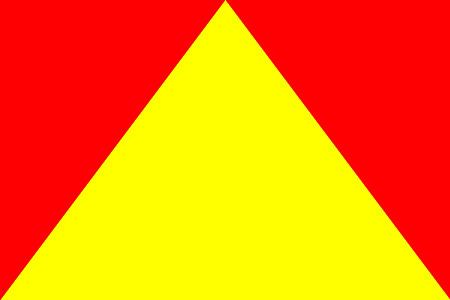Capital Not specified Established 1893 Founded 1893 | Disestablished 1895 Date dissolved 1895 | |
 | ||
Government Monarchy/ Military dictatorship | ||
Bandera de la micronaci n del principado de trinidad flag of the principality of trinidad
The Principality of Trinidad was declared in 1893, when the American James Harden-Hickey claimed the uninhabited island Trindade and Martim Vaz in the South Atlantic and declared himself as James I, Prince of Trinidad. According to Harden-Hickey's plans the island would, after being recognized as an independent country, become a military dictatorship under his leadership. He designed postage stamps, a national flag, and a coat of arms; he established a chivalric order, the "Cross of Trinidad;" he bought a schooner to transport colonists; he appointed M. le Comte de la Boissiere as Secretary of State and opened a consular office at 217 West 36th Street in New York, and even issued government bonds to finance construction of infrastructure in the island.
In July 1895, the British tried to take possession of this strategic position in the Atlantic, basing their claim on the 1700 visit by English astronomer Edmund Halley. The British planned to use the island as a telegraph cable station. However, Brazilian diplomatic efforts, along with Portuguese support, pressed a successful claim to Brazilian sovereignty, based on the island's discovery in 1502 by Portuguese navigators.
In order to clearly demonstrate sovereignty over the island, now part of the State of Espírito Santo, a landmark was built on January 24, 1897. Nowadays, Brazilian presence is marked by a permanent Brazilian Navy base on the main island.
